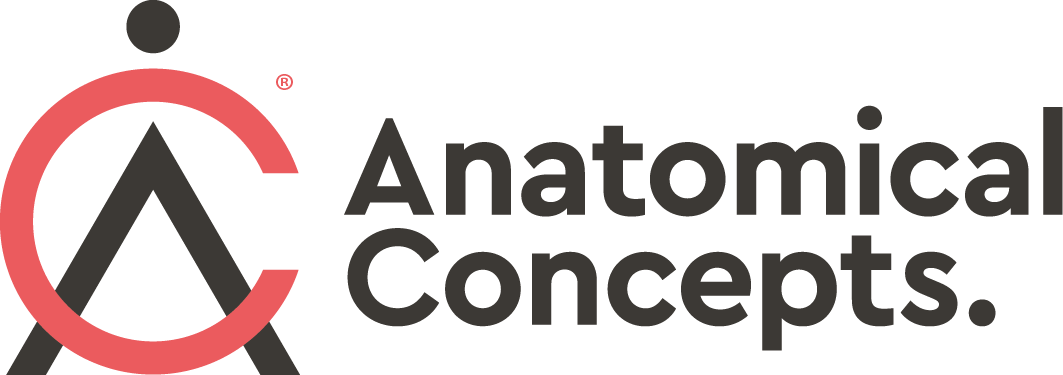Articles
Filter by Topic
- Adaptive Sport 1
- Artificial Intelligence 1
- Bike Labyrinth 3
- Bone density 1
- Brachial Plexus 1
- Bridging the Gap 1
- Bridging the Gap 1
- Carbonhand 4
- Cardiovascular 1
- Client Stories 4
- Cognition 1
- Company Updates 3
- Decision Making 1
- Dementia 1
- Denervation 22
- Diabetic Foot 12
- Efficiency 1
- Electrotherapy 27
- Exercise Benefits 28
- FES Cycling 13
- Fatigue 1
- Functional Electrical Stimulation (FES) 58
- Gait 2
- Goal Setting 5
- Grip 3
- Healthspan 2
- Indego 13
- Lifestyle 8
- Lower Motor Neuron 1
- Mobility 17
- Motivation 2
- NMES 2
- Nerve injury 1
- NexStride 1
- Occupational Therapy 1
- Orthotic 15
- PRAFO 22
- Pain 6
- Parkinsons 2
- Pressure Ulcers 10
- Product Updates 7
- RISE Stimulator 10
- Safety 2
- Sponsor 1
- Standing 4
- Stim2Go 4
- Stimulette den2x 5
- Support 1
- TENS 1
- Technology 17
Article Length
- 1 minute read 3
- 10 minute read 10
- 11 minute read 7
- 12 minute read 7
- 15 minute read 8
- 18 minute read 1
- 19 minute read 1
- 2 minute read 4
- 26 minute read 1
- 27 minute read 1
- 28 minute read 1
- 3 minutes read 9
- 4 minute read 34
- 5 Minute read 12
- 6 minute read 6
- 7 minute read 15
- 8 minute read 6
- 9 minute read 3
- FES 2
- FES Cycling 1
- FoG 1
- PRAFO 1
- Seven Minute Read 1
- Stim2Go 1
- awareness 1
- carbonhand 2
- cognitive 1
- cues 1
- freezing gait 1
- freezing of gait 1
- gait 1
- neurological 1
- neuroplasticity 1
- nexstride 2
- occupational therapy 1
- occupational therapy day 1
- orthopaedics 1
- orthotic 1
- parkinson's 1
- pressure 1
- pressure relief 1
- prevention 1
- rehabilitation 2
- stroke 1
- tSCS 1
- ulcers 1
- world stroke day 1
Preventing Pressure Ulcers on Heels: Tips and Strategies
Pressure ulcers, once upon a time known as bedsores, are a serious and painful condition that can occur when there is prolonged pressure on the skin. When pressure is applied to the skin for an extended period of time, it can lead to a decrease in blood flow and oxygen to the affected area, causing the skin to break down and form a sore. I need to add a bit of clarification here because no one can know if there is a safe level of pressure or a safe period of application - extended amount of time might not be very long at all. It varies so much with individual circumstances. The safest thing to do is aim to completely offload the heel area.
Pressure ulcers are more likely to occur in people who are bedridden or have limited mobility, as well as those who have certain medical conditions that affect blood flow, such as diabetes.:
Choosing Heel Protection Products
Pressure ulcers have been a serious healthcare issue for many decades. In fact, today, the NHS spends some £1.4m per day in dealing with them and of course this does not sum up the total economic and emotional cost. Pressure ulcers are often thought of as preventable and even a “failure of care” but they are a result of many factors both mechanical and medical and this complexity is perhaps the reason why we so often see them.
The PRAFO range of ankle foot orthoses have evolved to be popular and effective devices for the prevention and treatment of pressure ulcers at the heel area of vulnerable individuals.
Electrotherapy and wound healing - Part 1
Electrotherapy might seem an unlikely approach to use in healing pressure ulcers or chronic wounds of all types. However, it’s long been recognised that humans are “bioelectric” and there is such a thing as a “skin battery” that can be disrupted by wounds. In this short series we look at what we know of wound healing with electrotherapy. In this first article we introduce the topic and set the scene for the second article which looks at protocols and contraindications.
Saving the NHS money by preventing pressure ulcers
For decades now pressure sores have been recognised as a serious yet preventable world-wide problem. Here we are in 2017 and we still are not doing enough to prevent these even though we know who is at risk and we know what factors elevate the risk. In Scotland, the Diabetic Foot Action Group has been working hard to both raise the quality of care and consistency across Scotland. As we described in our last article on CPR for the Diabetic Foot, a Scottish system audit identified potential savings of £15 million per year if even 75% of diabetic foot ulcers could be prevented.




